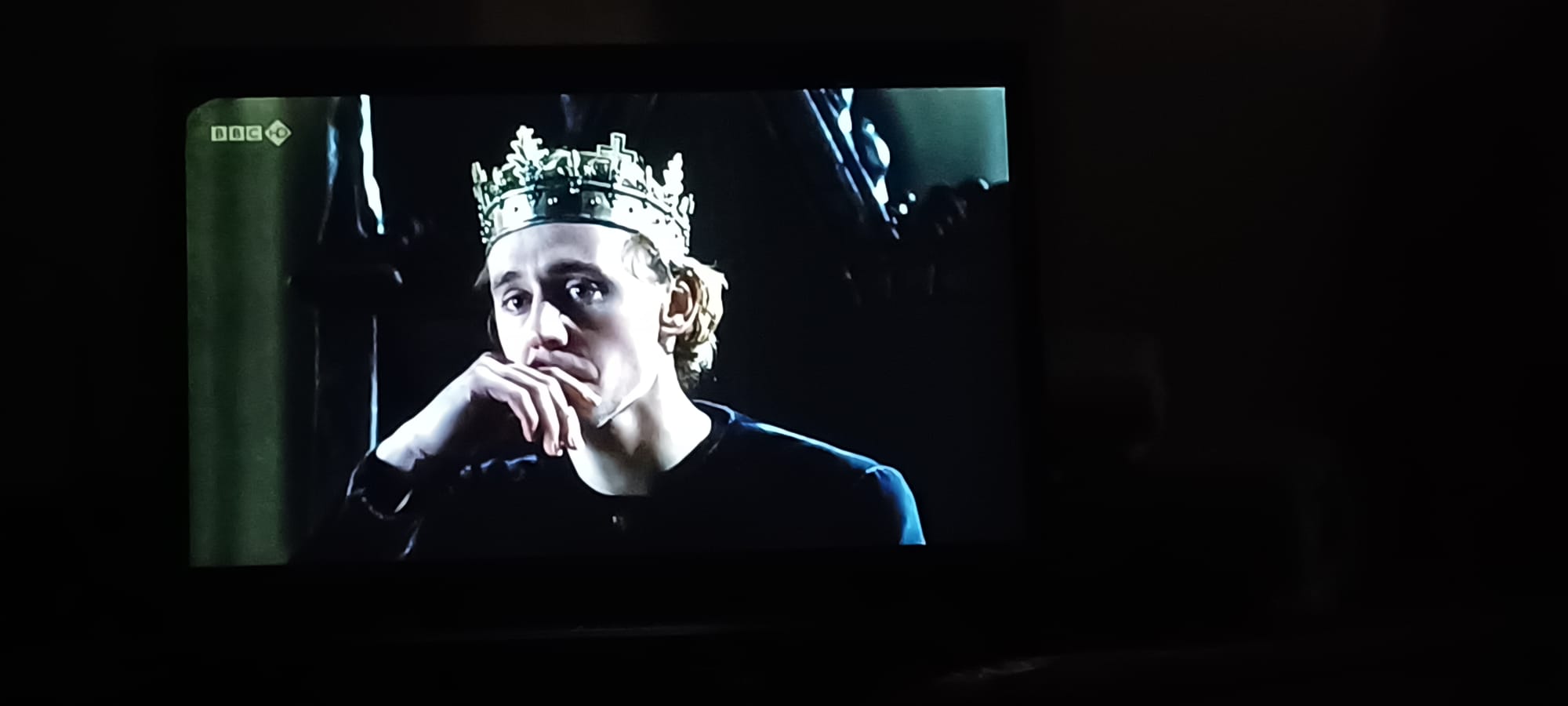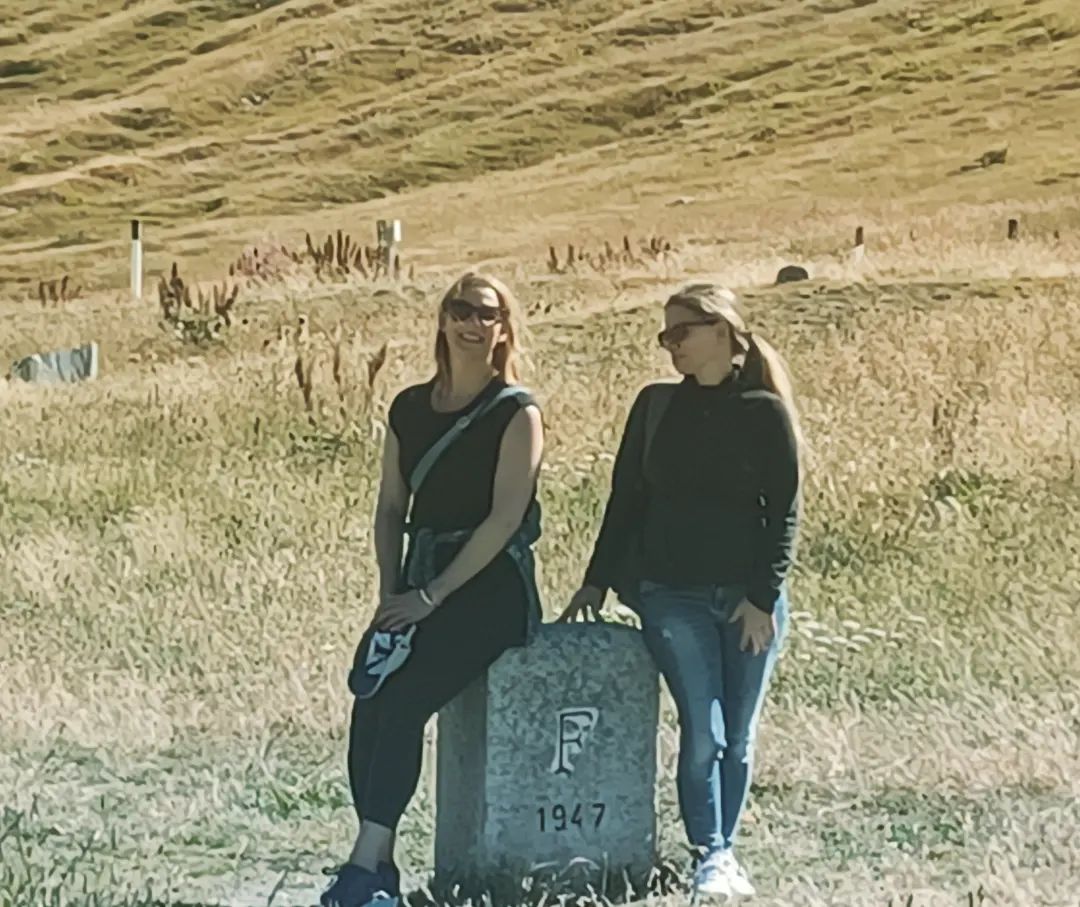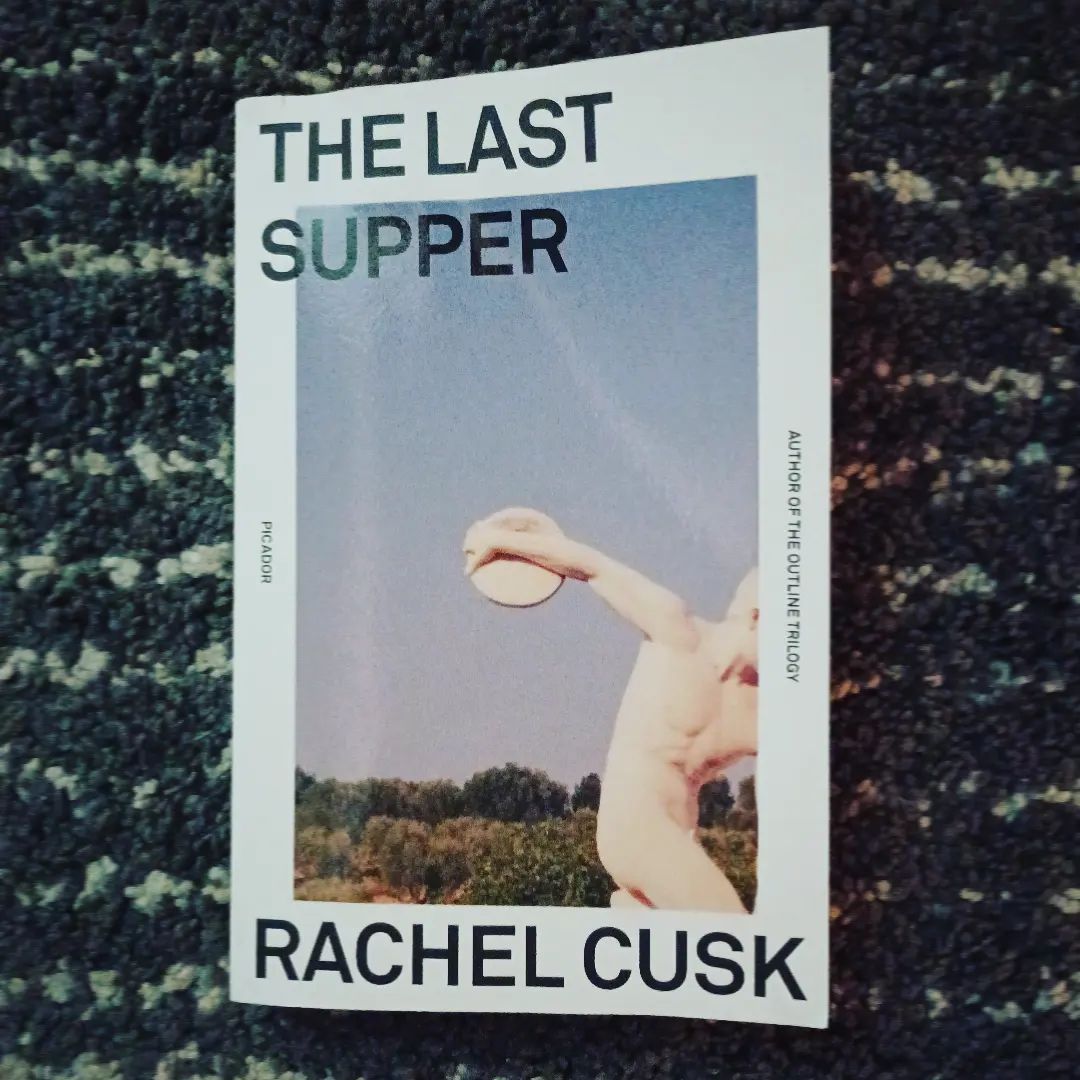
The course of true love never did run smooth. Oh Lysander, say it again!
A Midsummer Night’s Dream. Edmond North Mid-High, spring 1988. I am a high school freshman. I auditioned on a lark, because friends. I am cast as a very bit part – Moth the Fairy – in a very wordy play. I think I had one line, “And me!” My friends with meatier roles all had approximately ten thousand lines each more than I did but, at fourteen, I was content to be in their company, at the rehearsals and read-throughs, with the rest of the fairies, Titania and Oberon, Theseus and Bottom. They were good – they really were. It’s not an exaggeration to say I was in awe of my friends and their talents. And I think back to that drama teacher and the nerves of steel she must have had (not too mention a forgiving home life) to spend so many nights rehearsing with a cast of fourteen, fifteen, and sixteen year old actors, for weeks, into the dark hours. I’ll never forget the frisson that traveled up my spine on our first read-through, the tables pulled into a circle so we could all look at one another as we read the hard copies of our scripts together in the drama room. This is it! I remember saying to myself. Shakespeare! the stage! I didn’t even mind my fairly mute part and the purple tights and bodysuit and copious amounts of aerosol glitter that I donned by way of costume when the premier was upon us.
This falls out better than I could devise. – Oberon
Now, having watched the play in its entirety this week, I think I could have been a formidable Hermia, but alas in 1988 suffered a typical deficit of confidence. There’s no way I could have pulled the art off then. The girl who was Hermia was very good. Lysander was a homely boy who took another fairy for his girlfriend at some point during the production, but they broke up by mid-May.
Love looks not with the eyes but with the mind / And therefore is wingèd cupid painted blind. – Helena
The marvel of A Midsummer Night’s Dream is Shakespeare’s glib language, the way his action glides from reality to irreality, from benighted mortals (our confused couples, Theseus and Hippolyta, the workingman’s acting troupe) to enlightened fairies (Puck, Titania, Oberon, and various bit-part fairies) and back again. It was an enlightened choice for angsty teen actors – a world presented where words came as needed and beautifully so, a world of Elizabethan magical realism, a world where human folly is attributable to supernatural meddling (and making right again).
I am a spirit of no common rate. – Titania
If I didn’t know this play so well, I probably would have been as confused by the complicated action as I was with The Comedy of Errors. (Note to self – find live production of The Comedy of Errors to patronize.) I mean, who can keep track of which fairy put which magical eye-drops into the eyes of which mortal, who then falls in love with the right person? the wrong person? It’s helpful that Titania beds an ass – that keeps things very clear. But the Hermia/Lysander and Demetrius/Helena mix-ups are head-spinning.
So quick, bright things come to confusion. – Lysander
Perhaps the greatest charm of the play is how the fairy world reflects the human world. Fairies mess up, do a bad job, get confused, make mistakes, followed by attempts to rectify said mistakes. Humans try to understand, cannot understand, respond in frustration, and have many thoughts about their sad situation until things are put aright. But how much do mortals wish that we too might pack a bit of love-in-forgetfulness to spirit away our frustrations?
…a little western flower / before, milk-white, now purple with love’s wound / And maidens call it love-in-idleness. – Oberon
I am struck by the return of the play within the play – reminiscent of the hick townies in Love’s Labours Lost. I have never liked the Midsummer Night subplot with Peter Quince et al. – it really grates on me. I don’t like the snooty responses of the academics and nobles in the audience and the mockery of the working class. I don’t like how idiotic the workingmen are. It’s like Jerry Lewis suddenly gatecrashed Shakespeare. I know the plays (the actual plays) were meant to be staged at a wedding or a fine event, and these little plays-within-the-plays must have been witty indeed in situ (hahaha, aren’t we amusing, etc.). But I will confess, I increased the playback speed to 1.25x, then 1.5x, then 1.75x to get through this whole silly story with Pyramus and Thisbe and the townie actors.
Lord, what fools these mortals be! – Puck
My visual production companion this time was the 1968 English film starring Judi Dench and Helen Mirren. Would you believe it! They were both so young, fresh, beautiful, and talented. Judi Dench was mostly disrobed and painted a sickly green, as were all the other fairies in the film adaptation. The little fairies looked emaciated and hungry. The FX were hilariously low-fi. The editing horrendous – was editing really this roughly done in the sixties?! But it was magnificent, and a country house in Warwickshire stands in for Athens, the Athenians all recently come from Carnaby street in mod blouses and mini skirts, Hippolyta’s asp jewelry snaking around her slim upper arm. It really reminded me of movies we watched in middle school, when the teacher rolled in some massive TV and a VHS player so we could watch The Diary of Anne Frank or some such. For that alone I am grateful this production was available free on YouTube.
I never heard so musical a discord – such sweet thunder! – Hippolyta
As a creative writer, some years ago I decided that my greatest struggle was with plot. I am good with character and insight and language, but what should we make these little characters do? When I devised this mini-project for myself, I had plot in mind. I would read all the Shakespeare plays as a plot clinic! But a third of the way through his collected works, I am finding that Shakespeare plots are shallow to the point of fatuous. The plots are not the point: take shipwreck, and a pair or two of identical twins, thwart true love, throw in some glaring class differences. End with a wedding, or a double wedding, or a triple wedding, or a joyful family reunion. Or a funeral, a double funeral, or a triple funeral. The Bard is no great shakes in plot! He hangs every tale on the same basic conceits. Add a few sonnets (very good), sparkling language, and abundant bawd. Repeat ad nauseum. Takeaway: if the audience is well-entertained, they will forgive you. They’re not there for the plot. They’re there to be amused by language and character.
Fie, fie, you counterfeit, you puppet, you! – Helena
Next week, back to the Histories, with Richard II! Four of the next six plays on my list are histories. Battle and armaments, ere I come!








